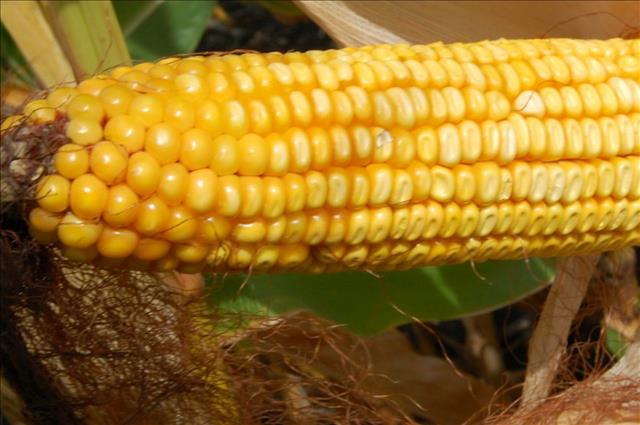
Over the weekend, I watched HBO’s latest Vice episode “Savior Seeds/India’s Water Crisis.” It’s a roughly 30-minute episode split into two halves.
The first half looks specifically at GMOs. That’s right, the correspondent, Isobel Yeung, tackled the entire controversy surrounding GMOs in just 15 minutes.
I was not surprised to find the coverage one-sided and incomplete. Yeung did visit St. Louis, where she interviewed Monsanto’s chief technology officer, Robb Fraley.
The hilarious highlight of her interview with Fraley came when she tried her hand at a gotcha moment. I found the point of contention quite funny.
Essentially, Yeung wanted to grill Fraley on why Monsanto’s 1993 submission of Roundup Ready soybeans included language that said they didn’t view glyphosate resistance as a viable concern. Imagine a teenager whining, “But, you said it wouldn’t happen.” Fraley attempts to respond, but Yeung doesn’t want to hear the answer.
Perhaps Monsanto shouldn’t have been so grand in its claims. However, that’s a pretty weak gotcha. Not to mention, the Vice editors didn’t allow any discussion on technology stewardship. I can’t imagine that Fraley would have failed to mention stewardship as a part of any serious discussion on resistant weeds.
There were numerous examples of flawed reporting in the episode. Here are my top 5.
1. Growing population: Fraley mentioned this in his interview; and the editors kept it in the final cut. But, this was the only time GMOs were discussed as part of a solution to feed a population that is expected hit 9.6 billion people by 2050. Yet again, local food is praised as a sort of savior, but the issue is not properly addressed in light of the growing population.
2. Dicamba: In discussing super weeds, Yeung notes Monsanto is now pairing glyphosate with a more dangerous herbicide – dicamba. She did not mention that dicamba has been used in agriculture since 1967, while Roundup wasn’t commercialized until 1976. The viewer is left with the impression that Monsanto is foisting a horribly dangerous chemical on the general public.
3. Seed choice: Any attack on GMOs always includes a strong insinuation that farmers do not have a choice. The failure to relay this bit of information gives viewers the impression that Monsanto is forcing their seeds on all farmers. That’s simply not true. It’s a choice.
4. GMO labels: The Vice segment allotted just a couple of minutes on the idea of GMO labeling. At one point, an expert slams Monsanto for not labeling GMOs on food packaging. Umm…Monsanto is not a food manufacturer. So, by definition, they do not have the power to label processed foods as potentially containing GMOs.
5. Super weeds: As I mentioned above, super weeds were part of the discussion on these evil GMO seeds. Yet, technology stewardship was not mentioned at all. You cannot have a fair discussion on herbicide-resistant weeds without examining the part farmers have played in properly stewarding the technology.
Additionally, the episode didn’t look at overall pesticide usage prior to the release of Roundup-Ready products.
And, Monsanto is propped up as the only punching bag in this continued attack on GMO products. I’d probably fall out of my chair if one of these “documentaries” actually interviewed a seed company other than Monsanto on the GMO debate.
I’ll have more on this topic in the June Prairie Farmer. Look for my column “For Starters.”
Also, I'm not the only one who found this episode severly flawed. Check out Stephan Neidenbach's in-depth critique -- "Vice gives up on balanced reporting for GMO segment."
About the Author(s)
You May Also Like




